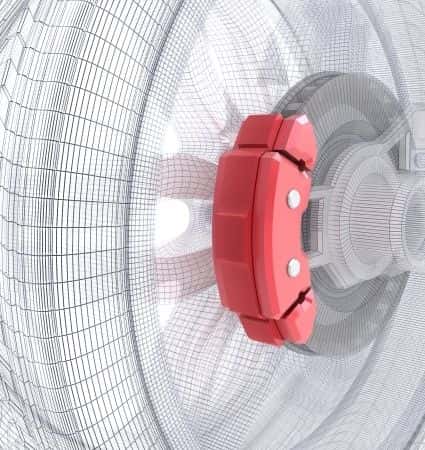This case involves a vehicle inspector whose job required that he observe vehicle inspections where mechanics used compressed air to blow out brake debris to allow them to inspect brakes. The inspector regularly stood within 10 feet of the brake inspectors. The inspector regularly breathed visible dust in the garages where he worked because the garages did not have specialized ventilation systems. The inspector was not provided with protective environmental clothing or a mask or warned that breathing brake dust was harmful to his health. The inspector regularly inspected brake linings that contained asbestos products. The inspector died from mesothelioma and his family brought a wrongful death lawsuit against the company that installed the brakes on the cars he inspected.
Question(s) For Expert Witness
1. Could long-term exposure to dust from brake linings cause mesothelioma?
Expert Witness Response
Many years ago, companies manufactured asbestos-containing friction products for car brakes, including brake linings that were 50% asbestos material. The main product in the brake linings that could cause mesothelioma was chrysotile asbestos. There is generally no safe exposure level to chrysotile asbestos above background levels in the ambient air. At the time when brake linings were made from chrysotile asbestos, most companies that installed the brakes kept internal corporate documents that confirmed that asbestos exposure from brake linings could cause cancer. In many cases, boxes that contained the brake linings had warnings on them about the risks of exposure to asbestos, but vehicle inspectors were still allowed to work around brake dust. It's very likely that vehicle inspectors have not seen these warnings and are unaware of the dangers of inhaling brake dust. Companies that installed the brakes were negligent in failing to warn the inspectors of the danger that they could develop cancer. The garage in this case should not have used compressed air because it generates airborne dust that can expose a worker to asbestos. The garage should have taken measures to increase ventilation in the area by leaving side windows fully open to give the workers natural ventilation. Also, the workers should have been required to wear protective gear when they were inspecting the brakes.
About the author
Michael Talve, CEO
Michael Talve stands at the forefront of legal innovation as the CEO and Managing Director of Expert Institute. Under his leadership, the Expert Institute has established itself as a vital player in the legal technology arena, revolutionizing how lawyers connect with world-class experts and access advanced legal technology. Michael's role involves not only steering the company's strategic direction but also ensuring the delivery of unparalleled intelligence and cutting-edge solutions to legal professionals. His work at Expert Institute has been instrumental in enhancing the capabilities of attorneys in case preparation and execution, making a significant impact on the legal industry's approach to expert consultation and technological integration. Michael's vision and execution have positioned the Expert Institute as a key facilitator in the intersection of law and technology.



